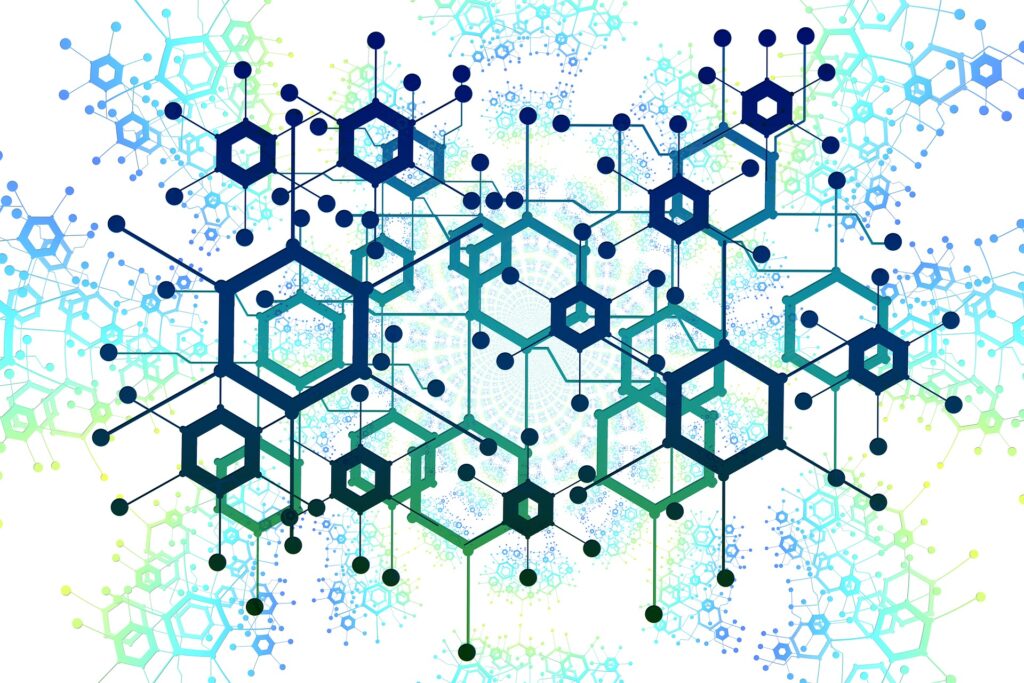Cloud computing has unlocked a new era of services, bringing to the user the sense of unlimited resources and always-on experience of mobile and web services. The cloud computing revolution has largely benefited business in almost any domain, offering unlimited possibilities of programmability and intelligence, non-bound to the hardware.
While the trend so far has been on centralizing the intelligence to the cloud resources, over last years cloud computing has evolved, shifting value creation to the edge, driven by harder requirements in experiencing real-time intelligence and ensuring privacy in networked applications. Having numerous IoT devices and things, with diverse computing capabilities and generating huge amounts of data, computational loads could be executed even on the device or offloaded to more powerful devices, which can still be quite close the data sources. On the other hand, the desired low energy footprint could be achieved more easily with reduced communication overhead and execution in less capable devices. Of course, strict delay requirements arising for increasing number of applications often renders remote offloading impossible for task execution. So, applications often mandate for the computation to be executed as close as possible to the data sources. This led to the emergence of edge computing, which intervenes as a new layer of services, placed between the cloud infrastructure and the end user devices, i.e. at the network edge.
Edge computing achieves significantly reduced latency, as computation and data flow stays closer to the end user. Moreover, data are no longer needed to be transferred to possibly third-party cloud resources, allowing data owners to keep control of their data, respecting data sovereignty. In practice, edge computing has enabled “things” to become more intelligent themselves, unleashing the great potential of Artificial Intelligence in the Internet of things (IoT).
As a natural evolution to edge, fog computing has arisen, allowing execution of edge applications in fog nodes, which can be found at different places in the network, e.g. within an IoT gateway or fog node with LAN-connected processors or within the LAN hardware itself.
The technological enablers for edge and fog computing accelerating the technological developments of IoT and edge computing include artificial intelligence (AI), digital twins, distributed ledger technologies (DLTs) and intelligent connectivity at the edge1.
The next step in this cloud-fog-edge continuum evolution is the emergence of swarm computing, leading to the Internet of Intelligence Things (IoIT). Swarm computing is defined by Atos as “the new digital infrastructure encompassing rich IoT endpoints, edge and multiple cloud platforms in continuous cooperation in order to connect entities in the context of large cooperative and self-organizing applications”1.
The advances towards the next generation of IoT offer a unique opportunity to the European industry to capture the operational market, driving the shift of data processing and analytics to the edge of the network. The European Strategy towards the New Digital Economy addresses this by supporting strategic projects on “Meta-Operating Systems for the Edge” to provide orchestration, AI at the edge and containerisation support for IoT and edge computing ecosystems, “New Paradigms for Distributed Computing and Swarm Intelligence”, targeting the programming of groups/swarms of embedded devices in a computing continuum, and “Open Sectoral Platforms and Ecosystems”1. Aligned to the European strategy, IoT-NGIN provides tools which support the evolution the next-generation IoT, including advances in Machine Learning as a Service, 5G enhancements, secure execution framework for microservices, privacy-preserving federating learning methods, on-device attack detection, decentralized inter-ledger solution combined with decentralized identities, meta-level digital twins and enablers for the tactile internet.
References
1
https://aioti.eu/wp-content/uploads/2020/10/IoT-and-Edge-Computing-Published.pdf
2
https://atos.net/en/blog/the-edge-vs-the-swarm
3
https://ccn.unistra.fr/websites/ccn/documentation/Territoire-Economie-Ecologie/NGIoTandEdgeComputingExecutiveReport-30032021v13pdf.pdf

